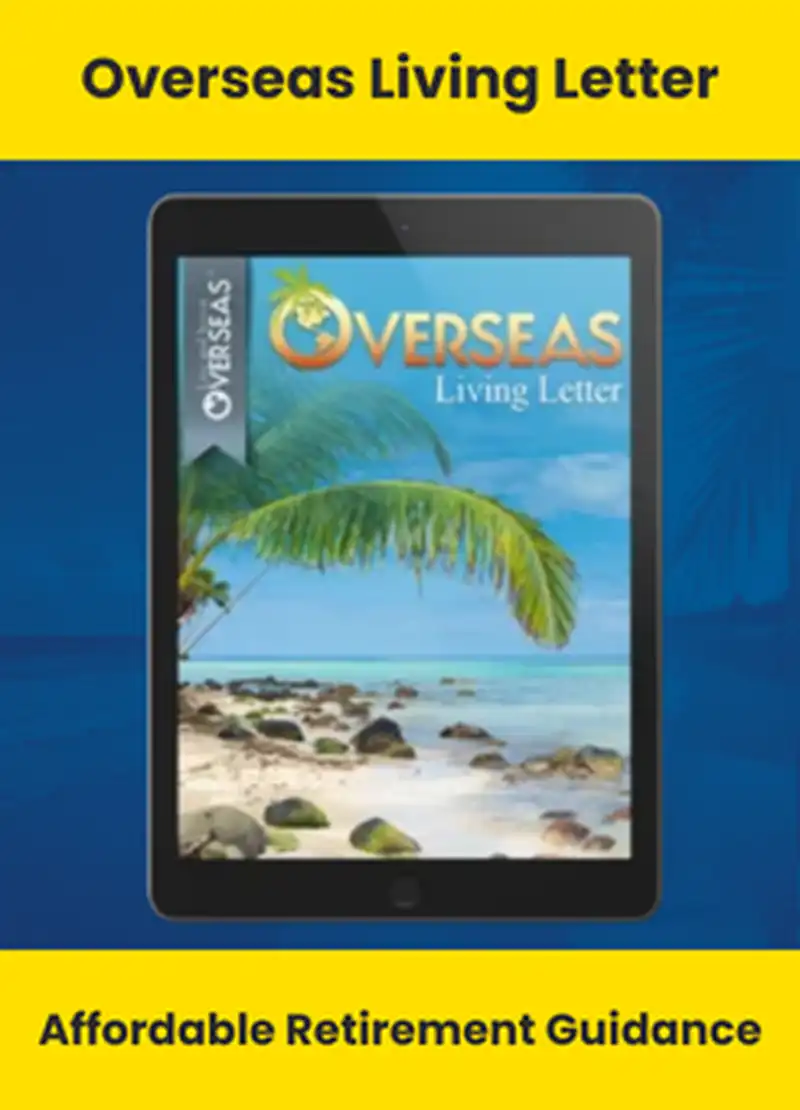My mom’s knee had been giving her trouble for years. By the time she finally saw a doctor, there was barely any cartilage left—it was just bone grinding on bone.
Back in 2021, my parents were living in the Pacific Northwest. My mom’s doctor, chosen because of proximity and her insurance, decided that a knee replacement was her best option.
Before the surgery could happen, she had to go through a bunch of tests over a few months with various specialists. After all that, she got the green light for surgery, which was performed by a robot in a little outpatient clinic tucked into a strip mall.
Thankfully, the surgery went well.
The next few weeks were rough, though. My dad, running on fumes, had to give her opioids to manage the pain while she wore compression leggings to reduce the risk of blood clots.
My mom worked with a physical therapist for a few weeks and eventually was able to bend her knee 110 degrees. Both her doctor and the physical therapist called it a huge success.
In October 2023, my parents moved to Panama. By then, the pain in my mom’s other knee was getting unbearable, and it was clear she needed another knee replacement.
After some searching and meeting with different doctors, she found a surgeon in Panama City that she clicked with who used the same robotic system as her first surgery. But, just like before, she needed to be cleared by specialists before they could schedule anything.
To our surprise, unlike the drawn-out process in the United States, my mom got all her appointments scheduled the same day. She even got an appointment with a dentist—something her American doctor hadn’t required.
Lucky for her, the dentist found small fractures in her teeth and a low-grade infection she’d probably had on and off for years. After a week of antibiotics and a recheck, she was cleared for surgery.
On the day of the surgery, we arrived at the hospital to check in. The process took less than an hour and all the paperwork was available in English.
Each patient was assigned a number that was displayed on screens in the waiting room, similar to what you’d find at an airport, allowing us to follow my mom’s progress through the procedure.
A few hours later, the surgeon came out to let us know the operation was a success. Following protocol, my mom stayed under observation for the next two days.
Her hospital room was clean with a great view. Instead of the compression leggings from her first surgery, she got an injection to prevent blood clots. Instead of being dosed with opioids, she had an IV delivering painkillers and antibiotics. When the pain got bad, they gave her oxygen, which actually helped a lot.
After being discharged from the hospital, a physical therapist visited my mom twice a week. Interestingly, the therapist mentioned that the average person could bend their knee 120 degrees after this type of surgery and was a bit concerned that the knee my mom had replaced in the States could only bend to 110.
Fast-forward to today, my mom can walk around the house without help, uses a walker for longer trips like to the mall, and can bend her knee beyond 120 degrees.
It’s kind of incredible that my mom had the same surgery with the same technology in two different countries.
So, what stood out between the two experiences?
First, the American doctor and physical therapist were confident but didn’t seem to have done many knee replacements.
In Panama, my mom was one of six knee surgeries done that day alone, with six more scheduled the next day.
Panama City has a larger population than where my parents lived in the States, and there’s also a lot of medical tourism, which likely explains why the Panamanian team had so much experience.
They seemed more focused on getting my mom up and moving quickly, which might be due to medical tourists needing to recover and head home fast.
Also, back in the States, it felt like my mom’s doctor was more concerned about what her insurance would cover than what was best for her.
The knee replacement, which involves replacing the knee with a metal version, was done as an outpatient procedure. She was sent home right after surgery with just pain pills.
In Panama, the doctor seemed to care more about her recovery than anything else.
The surgery was done in a hospital (we even got to choose which one based on our budget), and she was monitored by nurses, doctors, and therapists for a few days.
In Panama, her pain was managed better, and her medication was adjusted based on her needs. The level of care and attention was something we didn’t experience back home, where most of the post-op responsibilities fell on my dad.
For expats—or anyone considering moving to Panama—it’s important to know that while the United States has good medical care, so do other countries, especially Panama.
My mom’s surgeon trained in Panama but learned how to do this particular surgery in Canada and at Oxford. The hospital she underwent surgery in is affiliated with Johns Hopkins, and all of this was for a fraction of what it would’ve cost back in the U.S.
So, if you’re worried about health care in Panama, don’t be. From our experience, you’ll be well taken care of by professionals who know what they’re doing.
Don’t let health care fears hold you back from making the move. You’re in good hands here.
Sincerely,
Ariel Weinmann-Rubino
Contributor, Overseas Living Letter










